August is one of the best months to have a perennial garden. Long, warm days bring plenty of time to stop and smell the roses and enjoy the beauty and scents of the season.

It’s a month when we need to remain vigilant, too, even as we take some time to relax and recharge.
What should you be focusing on in the August perennial garden?
Jump to:
- 10 Top Tasks for Perennial Gardeners in August
- 1. Be on bug watch.
- 2. For safety’s sake, look out for nests of stinging or venomous insects.
- 3. Spot and treat diseases.
- 4. Dispose of diseased plant parts appropriately.
- 5. Stop overhead watering.
- 6. Install permanent or semi-permanent ground-level irrigation.
- 7. Spruce up plantings and bare patches.
- 8. Dig and divide bulbs and grasses.
- 9. Cut back stems and foliage of daylilies.
- 10. Deadhead spent flowering plants.
- Enjoy these Final Weeks of Summer Beauty
10 Top Tasks for Perennial Gardeners in August
Here are ten of the top tasks we should be focusing on to keep our perennials strong, healthy, thriving, and beautiful in August.
1. Be on bug watch.

Insect pests are still highly active in August. In fact, they may be reaching their maximum level, with many entering a second round of reproduction.
Your plants may have been plagued by pests like Japanese beetles and chewing and biting caterpillar or worm larvae over the last two months. Any damage done is damage the plants have to repair and losses of foliage and food production to help them do it.
In August, keep a watch out for insect pests, old and new. And when you see them, take action so your perennials can go into the fall – and then the dormant winter period – strong and ready to survive.
2. For safety’s sake, look out for nests of stinging or venomous insects.
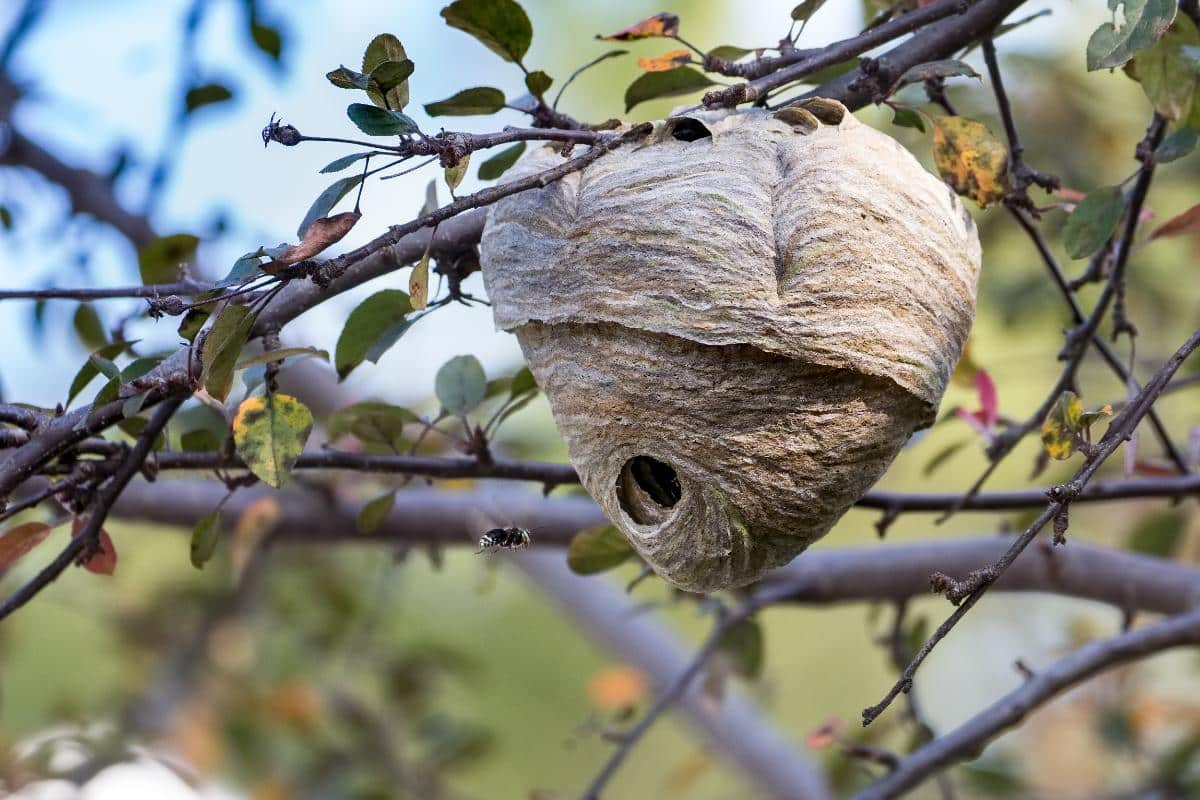
Larger perennials and shrubs, including edible perennial berry bushes and ornamentals like arborvitae, are places where stinging insects like wasps and yellow jackets like to build nests.
These dense shrubs give them good places to hide with good protection for their nests.
Be on the lookout for stinging and venomous insects. They could be a liability or at least turn a nice day in the perennial garden into a really bad one.
Keep an eye out for nests, and then exterminate them when you see them. If you need to, call in the help of a professional. Some wasps and yellow jackets can be very aggressive and sometimes dense bushes make it hard to access them to remove them.
It is sometimes a judgment call on whether to kill stinging insects or not, because some of them have some pollinating value, too, but the more aggressive among them are a risk and the perennial garden or plants near the entrances and around your home are not the place for them.
This is particularly important if you or a loved one has an allergy.
3. Spot and treat diseases.
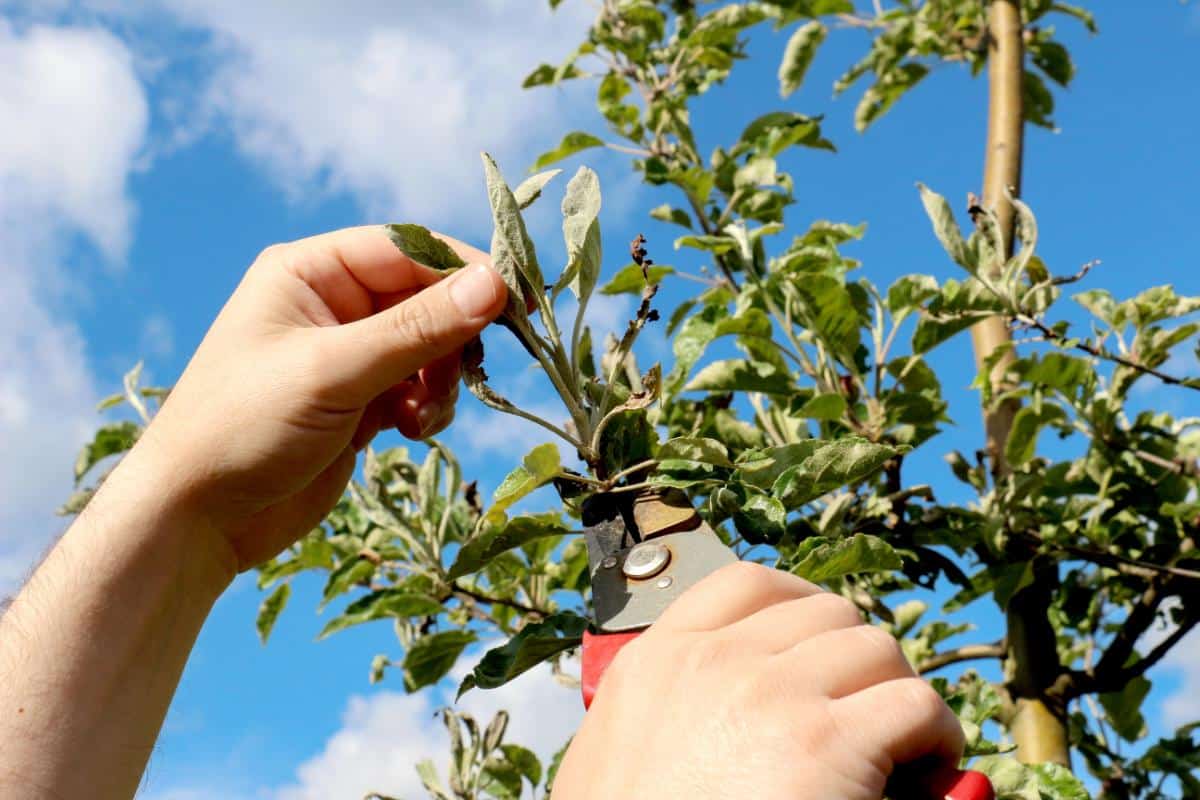
Many fungal diseases will become readily obvious in August. Extended humid weather can really take a toll. Some of these will proliferate more towards the end of the month when cooler temperatures support their colonization more.
Fungal diseases and viruses also tend to take hold when you have had to water a lot or in very rainy seasons.
The first thing to do is to look out for them. The next is to treat with a good antifungal product; hopefully one that is organic or low impact. Copper fungicide and neem oil are good choices.
You can use these preventatively, too, by spraying a couple of times even before you see signs of obvious disease. If the conditions are right, a preventative treatment is often a good idea.
It can be hard to get a handle on fungal diseases and things like powdery mildew by the time symptoms appear, so some preventative treatments can make a big difference.
4. Dispose of diseased plant parts appropriately.
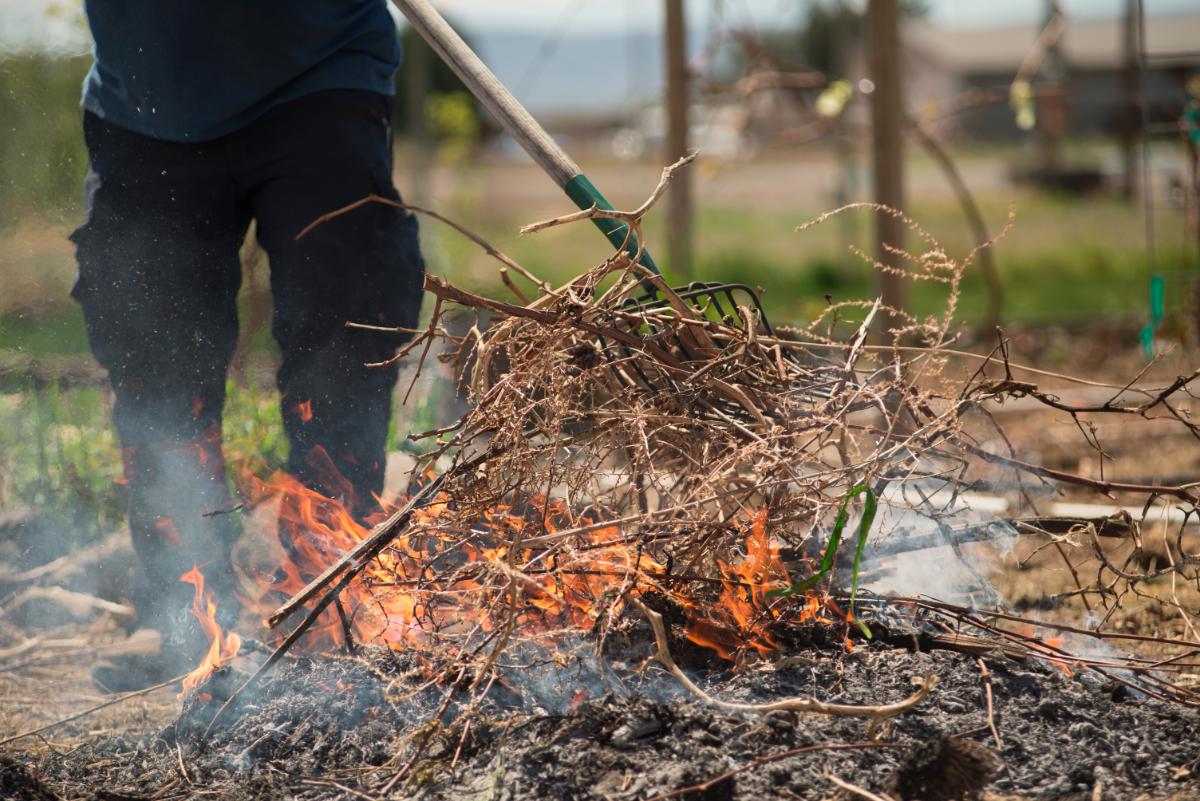
If you do have to treat and trim to manage plant diseases, make sure that anything you remove from the plant gets burned (if safe to do so) or bagged and thrown into the trash.
Don’t put diseased parts in your compost pile. Fungal spores especially can live very well in soil and compost, even over winter. You’ll do yourself a lot of favors by getting completely rid of the clippings and by limiting what is left to infect your soil.
5. Stop overhead watering.
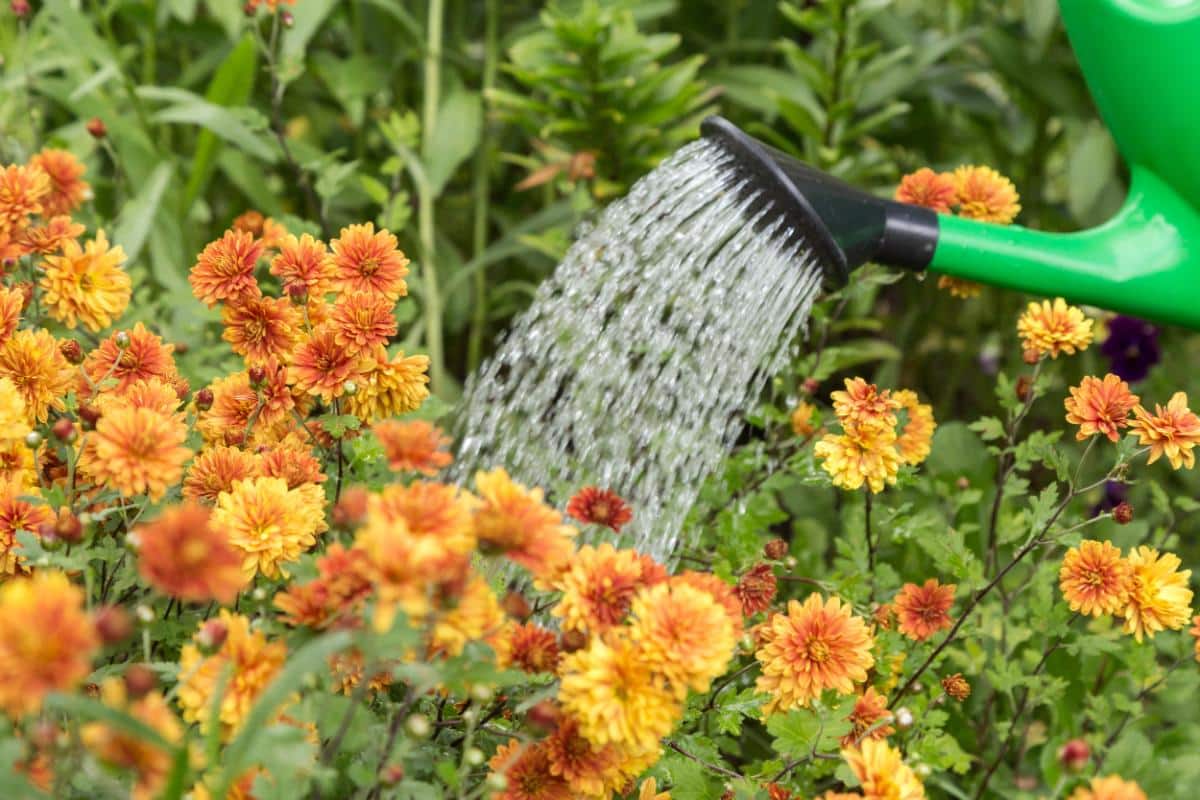
One of the major causes of perennial diseases and the spread of them?
Overhead watering.
Just like vegetable gardens, a lot of the diseases that perennials endure are from fungal spores. The are things like botrytis, leaf spot, mildew, and more.
And often, we are the ones responsible for them. Obviously, Mother Nature plays a role, but sometimes, we inadvertently do things that set the stage for their colonization and spore spread.
One of the worst things we do is to run sprinklers that water plants from above.
This isn’t ideal for perennials to begin with, because perennials are such large, bushy plants that it can be difficult to even get that water down to the ground at the roots where it is needed the most. Often, the plants shed the water and shield the soil underneath them.
So, when we water from overhead, we soak the plants, don’t water them very efficiently anyway, and then basically wash budding fungal spores down the entire plant from the top down.
6. Install permanent or semi-permanent ground-level irrigation.
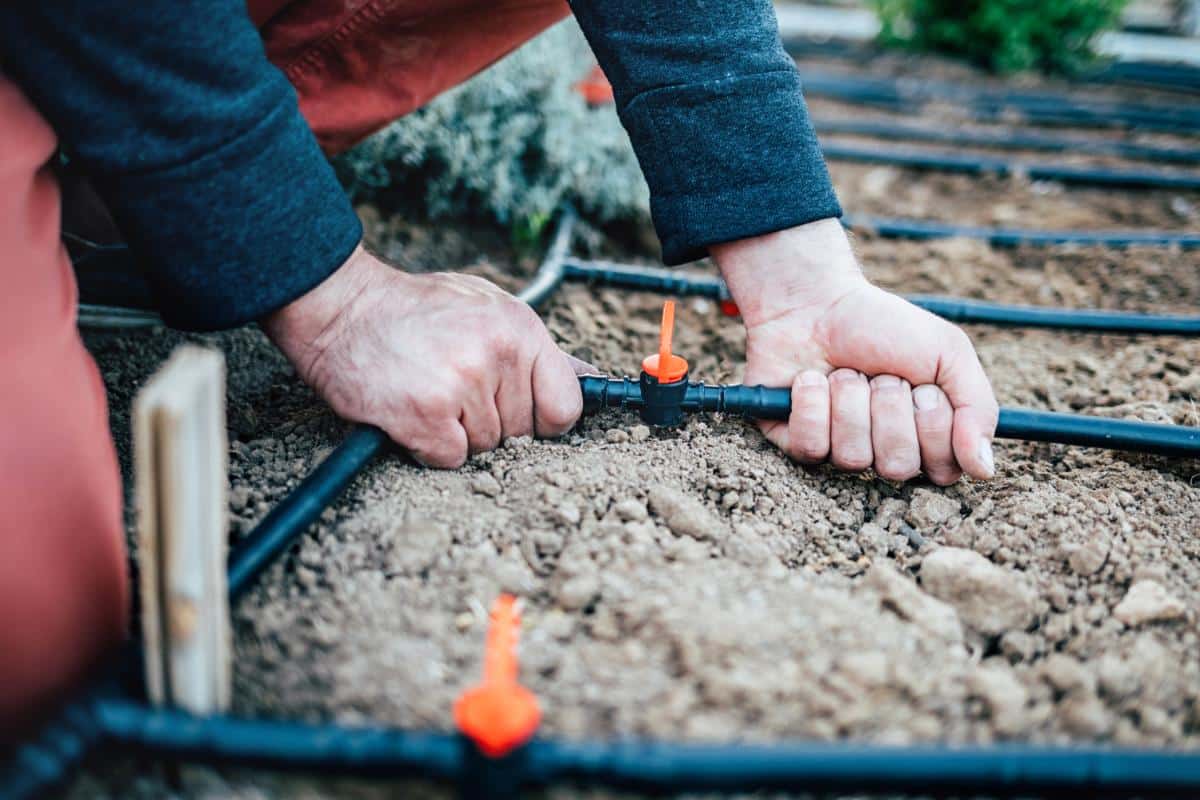
Watering at the soil level isn’t quite as easy as just turning on an overhead sprinkler. This is especially true with perennials, which are larger plants.
It can be hard to get to the base of perennial plants to reach them for targeted, ground-level watering.
Soaker hoses and drip irrigation systems work very well. The job will be a lot easier if you don’t have to constantly pull up and remove these devices (especially for drip irrigation, where the drip spigots are set to the right distance and location).
Lay them out and leave them if you can. Then all you have to do is attach your hose or turn on the valve at the manifold.
In the fall, you can leave them in place for next year as long as you drain the lines. (This tends to happen on its own when you turn the water off, or you can blow through the lines with an air hose.)
7. Spruce up plantings and bare patches.
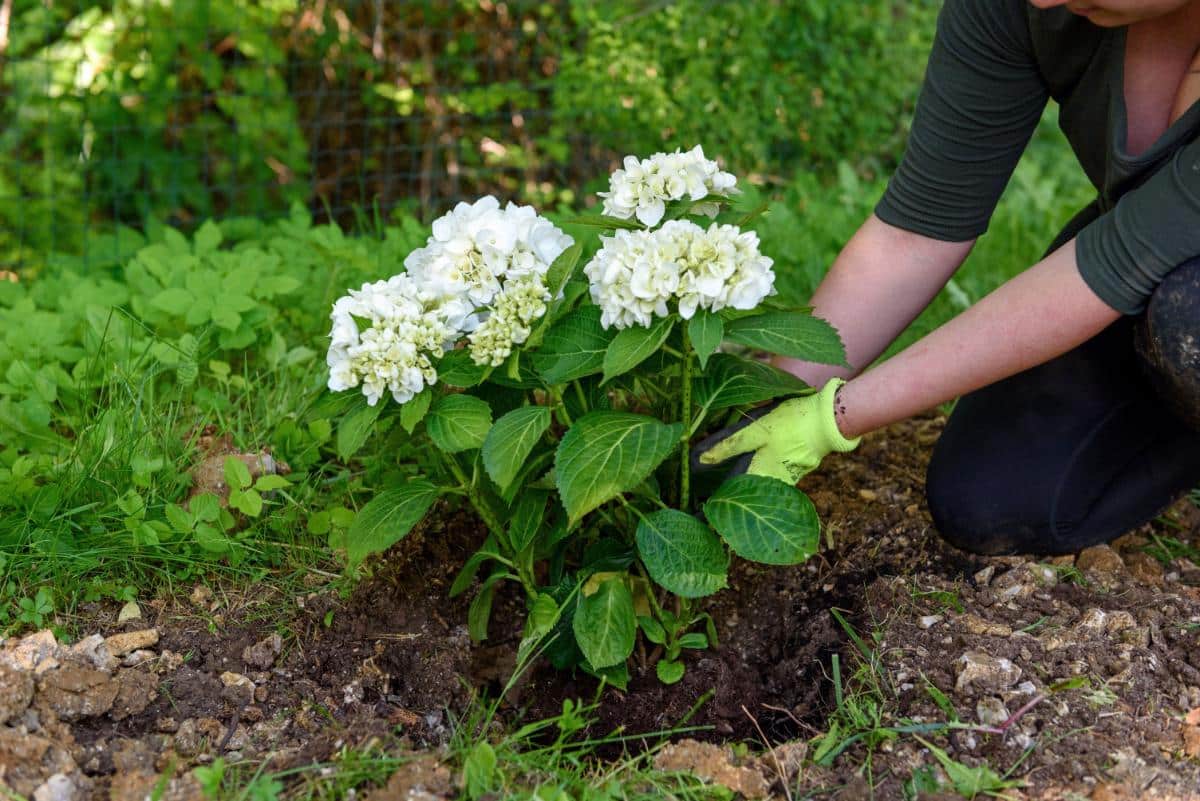
August is a good month for perennial planting.
You will need to provide extra water in the first few weeks.
If you are leaving on a vacation, it’s best not to plant within two weeks before your departure, because those plants will need some extra care.
Otherwise, this is a time when you can see the holes in your plantings and bring in some new foliage and color for a refresh.
It’s also a good time to set out fall-blooming perennials and let them get established before it’s their autumn showtime.
There are plenty of good perennial planting options for the month of August.
8. Dig and divide bulbs and grasses.

You can get ahead on dividing and plant maintenance by digging and dividing bulbs that flowered earlier in the spring and summer.
Don’t divide plants that are still actively blooming or you'll wreck the show, but for plants whose showtime has passed, go ahead and start dividing. You'll have healthier plants next year because you took the time to divide.
Grasses take dividing well, so they are another good candidate for summer dividing, moving, and replanting.
9. Cut back stems and foliage of daylilies.
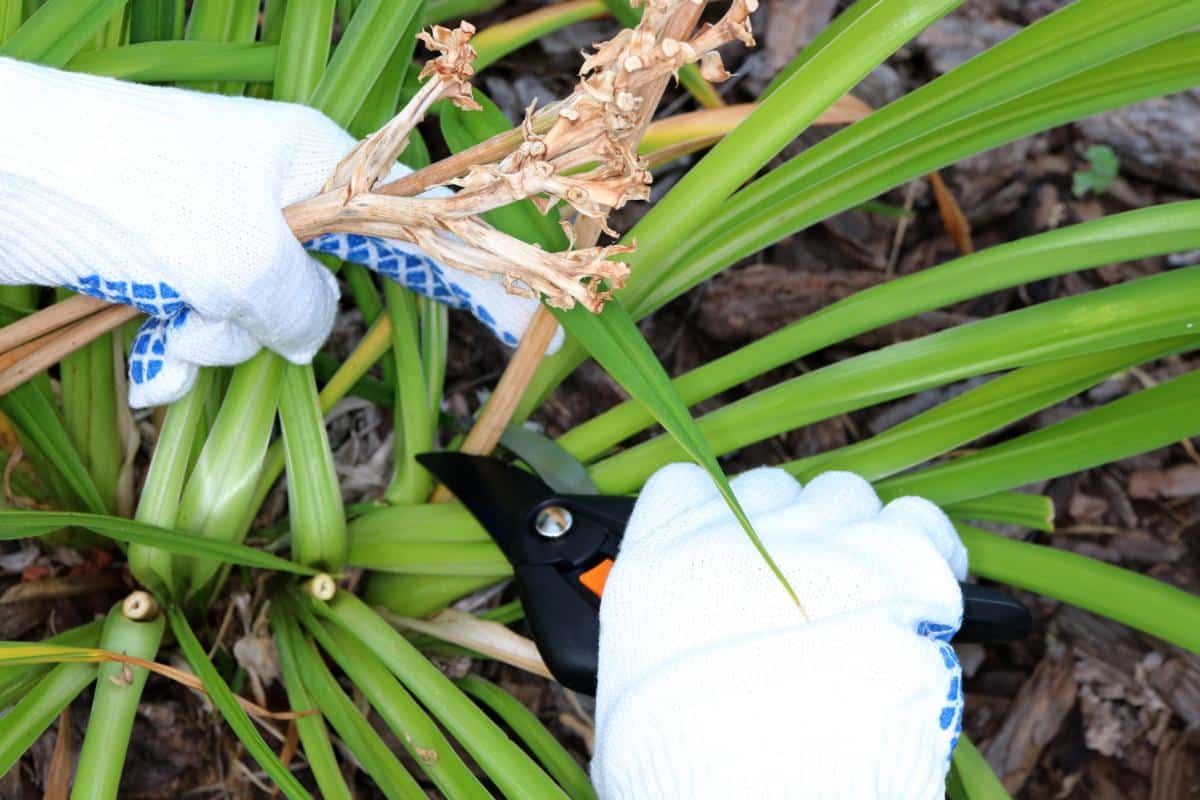
Once the daylilies have played out their blossoming, they’ll begin to yellow and die back. That can leave your beds looking lackluster and even a bit unkempt.
Yellowing indicates they’ve given their bulbs and roots what they can anyway, so go ahead and trim out old flower stalks and even the leaves if they’re starting to turn.
This will freshen your perennial beds and allow the focus to be on the plants that are still green, blooming, and performing as active ornamentals.
10. Deadhead spent flowering plants.
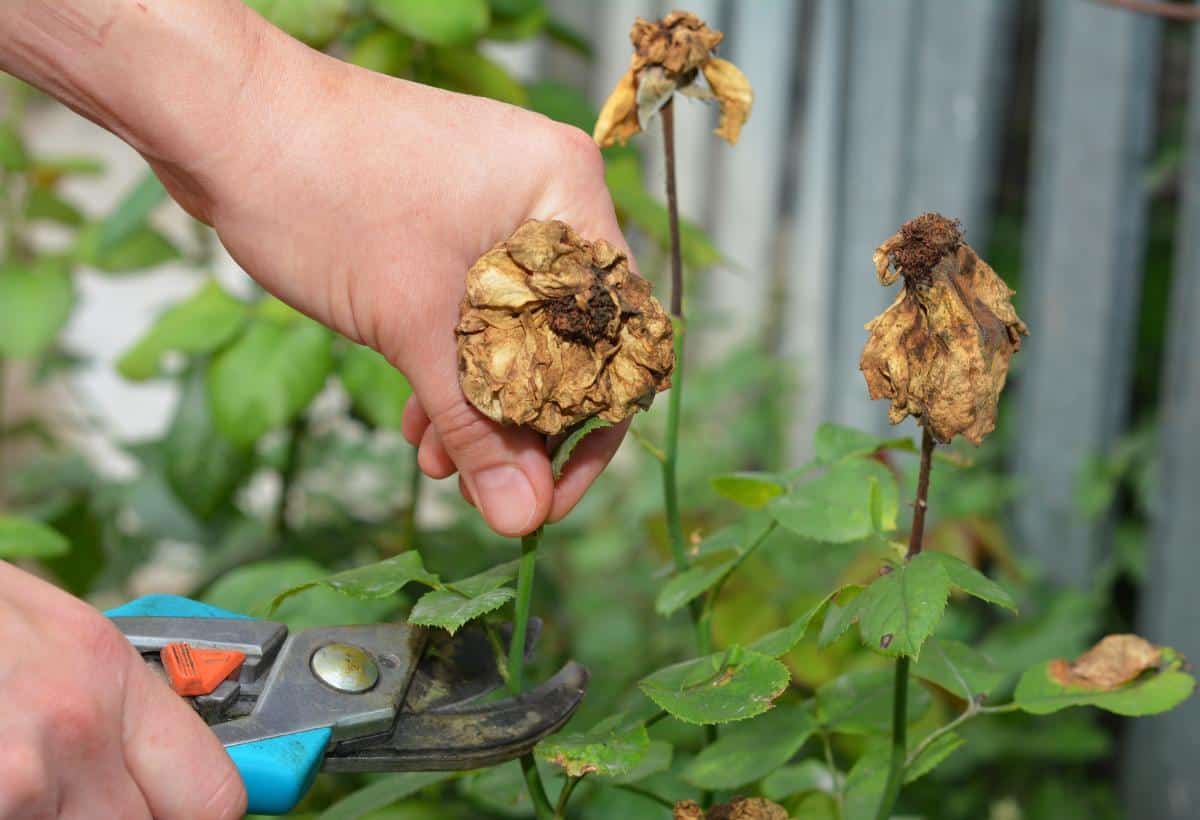
Don’t forget to deadhead, either.
Deadheading will allow perennials that can rebloom to do so. Not deadheading can shut them down because it sends signals to the plant that its job is done.
Even if your plants or shrubs aren’t the type to rebloom, deadheading will do a lot to keep your perennial gardens looking nice. Like the lilies, deadheading will turn the focus of your display to the live and thriving plants, flowers, and foliage.
Don’t let dead, useless flowers stay around to suck the life from your perennials and detract from the attraction that your perennial garden is.
Enjoy these Final Weeks of Summer Beauty
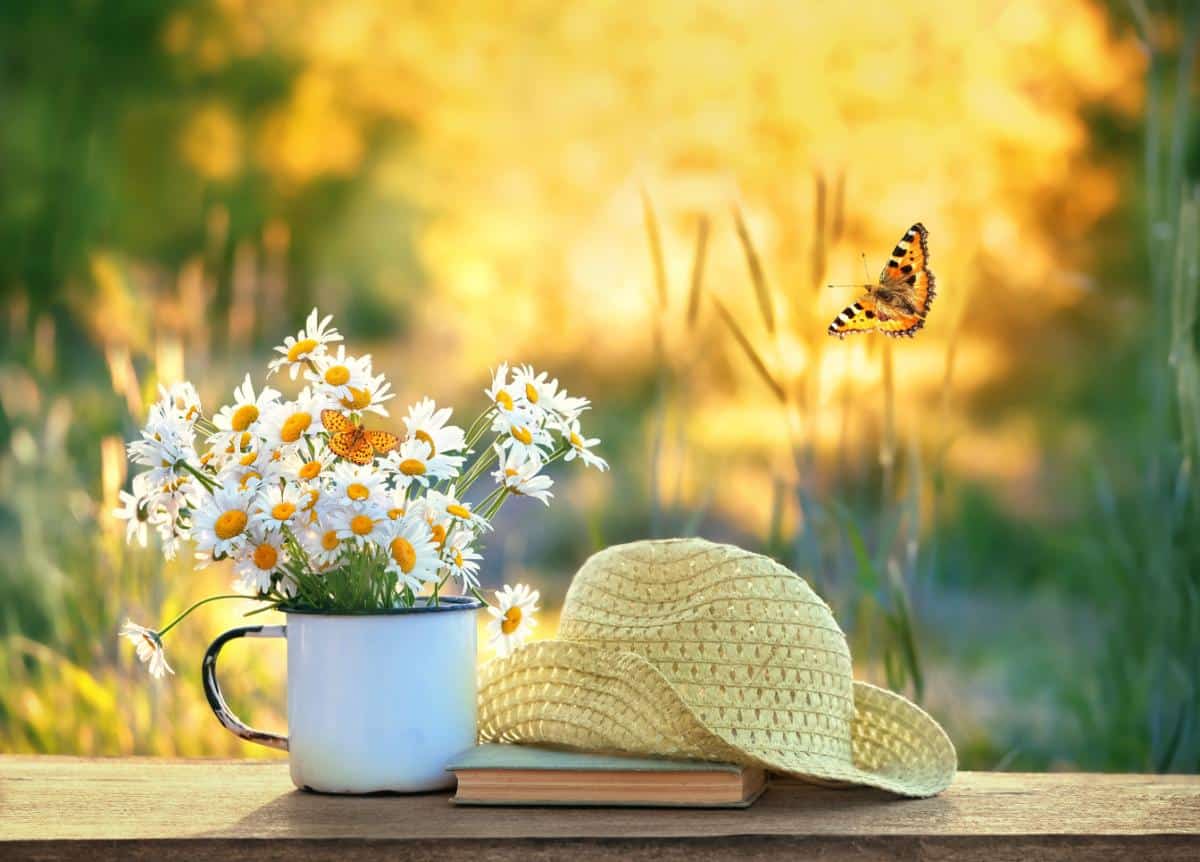
When August arrives, we start to realize that summer will not be around forever. We do, however, have these final weeks – a whole month left – to enjoy the beauty and abundance of summer.
Perennial gardening should be an enjoyable activity of the summer months, too. Enjoy this time and the fruits (or flowers) of your labors. The time you take now to maintain and enjoy your perennial garden will go far to keep it one that stays beautiful, bringing joy and appreciation for years to come.


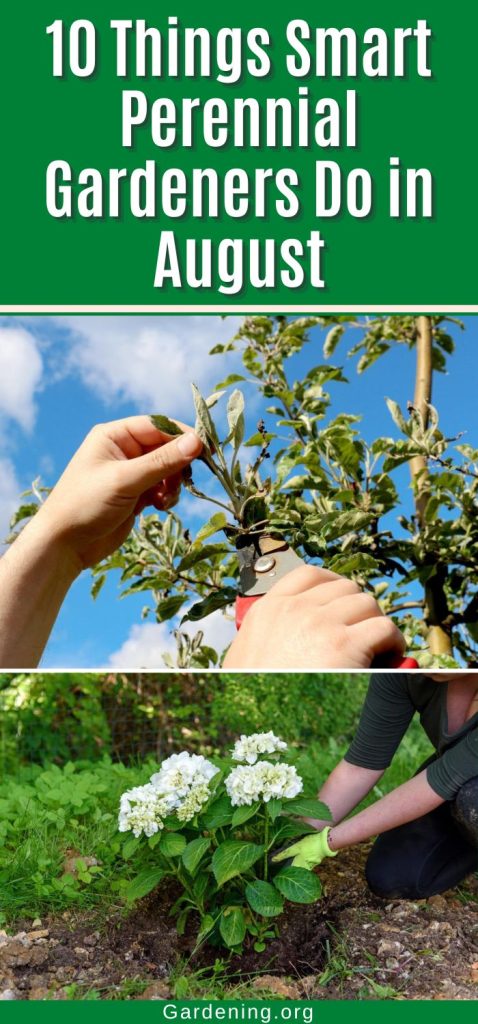
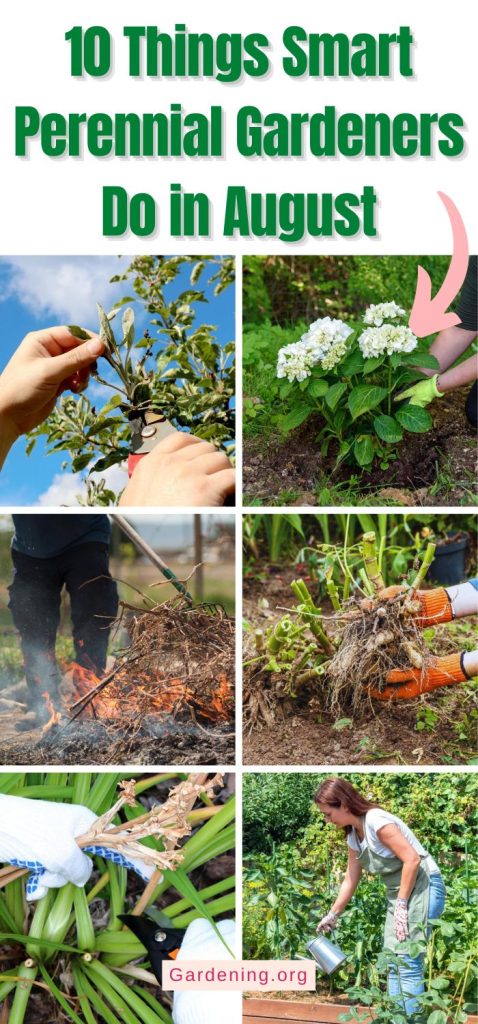

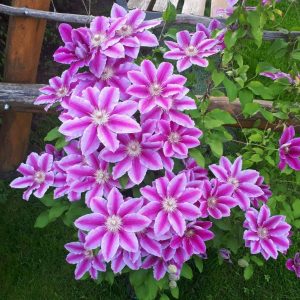
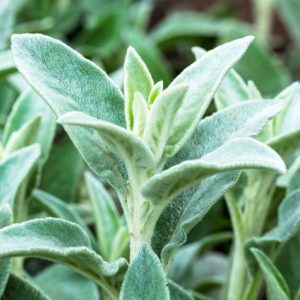

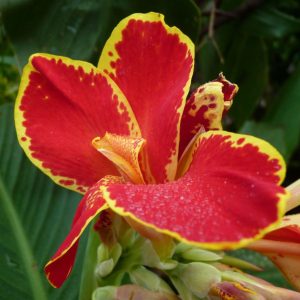
Leave a Reply